Cuban Architects Lobby for the Right to Work Privately
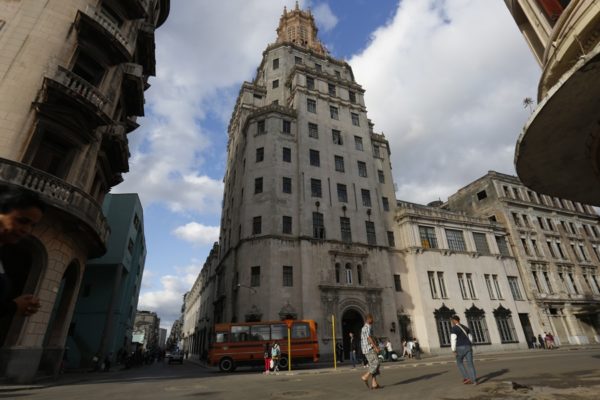
This old demand took the spotlight on social media again, after architecture was included on the list of banned self-employment activities.
HAVANA TIMES – Cuban architects are giving economic, social and practical reasons, as they call for the legalization of private practice in their profession. In recent weeks, this old demand has taken the public spotlight on social media.
This debate was rekindled on February 10th after a list was published naming the 124 activities that can’t be exercised privately, as part of the reforms announced for the non-State-led sector. Private architecture and engineering practices remain banned.
According to the newly stated restrictions, the following won’t be allowed in the private sector: Architecture consultancy activities that include designing buildings and drawing up building plans, urban planning and landscape architecture.
Nor is engineering design allowed that includes civil, hydraulic and traffic engineering projects, water management projects, electrical and electronics, mechanical, industrial and systems engineering projects, or construction-related project management.
However, the private practice of other trades linked to construction, such as bricklaying, plumbing and electricity work, are now legal. Design work has also been authorized.
Several professional groups were hoping the new regulations would stabilize the situation for different independent practices. Ones that were in a legal limbo up until recently. But instead of a liberalization their hopes frustrated. Before they weren’t specifically banned, but they weren’t officially recognized. Now they are clearly illegal.
Over the last decade, the number of independent professionals has grown within this insufficient legal framework. The boom in construction needs within the private sector and general population was the cause. The number of independent studios grew, although always limited in the services they can offer.
The Cuban Studies Group of Architecture (GECA) brings together many of these professional associations, and held different exhibitions and professional gatherings last year.
Some of its board members, such as representatives from the National Association of Architects and Building Engineers in Cuba, presented some of their concerns to the minister of Construction, Rene Mesa, on February 26th.
While they haven’t shared details about what was discussed with government agencies, two posts on GECA’s Facebook page in the past few days, reveal some of the reasons that support their appeal for the list of banned work to be amended.
Why do private architecture practices need to be authorized?
In the first post, GECA says independent architecture can’t be ignored in Cuba. “How can we aspire to have beautiful and organized cities in the future, if we don’t depend on independent architects? How can we aspire to build 300,000 homes with people’s own resources, without the help of independent architects?
In a second post, the group of professionals explained some of the social and economic benefits that could result from authorizing private architectural and engineering practices.
The advantages they listed included the opportunity to create mixed entities, ties between private groups and state-led companies to develop complex projects.
They said that, in the face of the need to satisfy growing demands for professional work, “decentralizing architecture would be the right path, not only when it comes to large projects, but also small-scale architecture projects that make up the city.”
According to the general housing policy, 39% of 3.8 million houses in the country up until June 2017, were in a fair and poor technical state. Meanwhile, the housing deficit rose to 929,695 houses.
“We agree with the social contract that a profession has to be useful to society, but we don’t agree with the way they are hired. Freeing independent activity for architects and engineers will allow more ideas and proposals. These will have a positive impact on the social circles outside of the State’s reach,” the post says.
According to what authorities told GECA’s board during the meeting that took place in late February, there is a government committee that is discussing complaints made by this and other groups. They also said that they would have an answer as soon as possible.
Other reasons on social media that back the petition
Architect and restorer Universo Garcia believes that “in order for society to face great economic challenges, that demand better participation from citizens, all productive activities should join this effort, without exceptions.”
This recognition would also be a “way to develop and conserve the professional talent trained in our universities, which is leaving more and more every day,” he says.
Meanwhile, sociologist Carlos Garcia Pleyan questions the logic behind upholding a restriction like this. “The damage can already be seen in our cities in improvised work, in the violation of regulations, botched jobs and aesthetic aggression in our social environment. There are plenty of examples,” he says.
He also says that state companies don’t guarantee this service to the population. Likewise, the government’s community architects are insufficient.
Other opinions point out the clear benefits for the city’s socio-economic development by allowing independently work. They further note it would be to establish a mechanism for these professionals to comply with the law and regulations that ensure quality and safe work.
The list of banned activities “could be amended as it is reconciliated with legal regulations,” currently being drafted.
https://havanatimes.org/features/cuban-architects-lobby-for-the-right-to-work-privately/Cuban Architects Defend their Profession
and right to work independently of the State

By Jessica Dominguez Delgado (El Toque)
HAVANA TIMES – Independent architecture studios began to pop up ever since 2015, especially in Havana, without any legal protection. However, they responded to a social demand from the budding private sector and the boom that US-Cuba relations brought.
These studios provided solutions to the needs of those who wanted creative architectural solutions for their construction projects. In the meantime, they continued to fight a silent war for legal status. Now, they suffered a setback on February 10, 2021, when the Cuban government published a list of banned activities for self-employment.
The Ministry of Labor and Social Security recently identified 124 prohibited activities, explicitly banning those relating to architecture and engineering. According to the National Classification of Economic Activities, the following can’t be practiced privately:
– Architecture consultancy activities that include designing buildings and drawing up building plans, urban planning, and landscape architecture.
– Engineering design that includes civil, hydraulic and traffic engineering projects, water management projects, electrical and electronics, mechanical, industrial and systems engineering projects, or construction-related project management.
Professional associations are also banned, including those for architects and engineers.
The document from the Ministry of Labor – which isn’t a legal document because the regulation has yet to be published – establishes which activities are banned within the self-employment sector. Previously they named the allowed work activities. In addition to architects and engineers, the list also excludes other professions (lawyers, journalists, economists, accountants, doctors) who can only practice if they are linked to the public sector.
The implementation of this list means that any architecture project or solution is solely reserved for state institutions and companies. However, the private practice of other professions linked to construction, such as bricklaying, plumbing and electricity work, has now been recognized. Design work has also been authorized.
“This ban will leave a vacuum within the city, where builders will make decisions that correspond to architects and engineers. This not only affects these spaces, but also the city’s image. The architect is essential in rebuilding houses and other buildings. Likewise, the private sector represents a key force if we want prosperous cities,” said Gabriela Garcia, an architect and co-coordinator of the international event “Our city, our space.”
Nelson Palomino, an architect from Matanzas, would like his own studio. He says that this list clearly spells out the ban for architects and engineers. Those who practice behind the illogical curtain of another activity are now facing the possibility of being investigated and their work being considered an illegal economic activity.
If this is the case, the private sector will take the hardest hit as it can’t receive a service because the State lacks the infrastructure needed to meet this demand. State-led companies need large budgets in order to be efficient in their social mission and only carry out projects on a large architectural scale.
You couldn’t work as a private architect in Cuba before this regulation either, but that hasn’t stopped some professionals seeking out loopholes in the Law and creating independent studios to exercise as architects outside of the state. There are approximately thirty of them today, working seriously with constant projects. Most of whom are young and have recently graduated from Cuban universities.
Fernando Martinera, a partner and architect at Infraestudio, was taken aback by the new list. “This work was in a murky area before, it wasn’t banned or allowed; but now it’s been clearly banned. As a result, it leaves a group of professionals, who decided to stay in their country and work for the private sector, without work. Companies for State-led Projects and Community Architect Offices don’t have the infrastructure to respond to the private sector’s demands. I imagine that this sector will now rely on Pinterest and improvisation. It will be a great challenge for popular architecture without creativity, and the city and its inhabitants are the ones who have a lot to lose,” he says.
Legal alternatives used up until now to exercise architecture in the private sector range from licenses as a party and interior decorator, or builder, depending on the activity they want to do, whether they execute the work themselves or not. This only includes preliminary ideas for projects that they can’t do “in theory”, or basic engineering projects without carrying them out. Nor can these projects have any record or author’s rights.
Furthermore, there are some people who have protected themselves with the figure of the independent creator linked to institutions such as the Cuban Fund of Cultural Goods (for artists/craftspeople) or the National Office of Design (for designers). These intermediary institutions are a legal obligation and they get a cut of the work in exchange for their representation, which has been widely criticized.
President Miguel Diaz-Canel said the following about this during the Closing Ceremony of the 9th UNEAC Congress in June 2019: “Some institutions and companies have fallen behind. Cultural industries can provide for the country, that’s why they have their companies. Artists have the duty of paying their taxes, but they shouldn’t have to pay companies if these haven’t had anything to do with their work contracts, promotion or their legal status… This parasitism encourages corruption and covers up their failure to represent artists and their work, and seek opportunities for them.”
On social media and in professional spaces, many architects reject the inclusion of their profession on the list of banned activities and the social consequences this implies. They have also said that they hope the Government reassesses this decision.
Nguyen Rodriguez Barrera, an architect and university professor, said “this tentative list creates sadness in a profession. One that hopes for regularization of their professional activity so they can join the economic response that the country hopes for. Finding concrete solutions for construction, housing, public spaces, services, local development, etc. The public sector by itself can no longer cover this demand.
Independent architecture organizes and puts forward a proposal
According to Orlando Inclan Castaneda, architect and assistant professor at the Technology University in Havana (CUJAE), independent architecture doesn’t exist in Cuba. “It doesn’t legally exist, it doesn’t exist in official circles, it doesn’t exist in specialized critique or in current social demands. However, it exists and coexists in a country allowing it to take life in cracks, without officially recognizing it. What has been happening, especially over the past 10 years, makes the difference between building with and without architects extremely clear. The same as the difference between a cultural product and a mediocre one, one that rescues the city and elevates it, and the other that destroys and impoverishes it.”
The Cuban Studies Group of Architecture (GECA) was conceived with the intention of grouping together independent professional projects, a space in which colleagues and friends can share exhibitions, talks, publications, conferences, parties and studio visits. They have created a community around the professional interests that are expressed on WhatsApp, Facebook and Instagram.
“Ever since 2019, we have formed part of the UNAICC (National Association of Architects and Construction Engineers) group, and we take part in activities that are promoted for this trade via this association. Practicing privately, many members have managed to bag national awards. We actively participate in Architecture week in March 2020, we execute nonprofit projects and studies for the good of society, as well as other activities that pay taxes directly in cities,” Inclan explains, GECA’s president.
Up until now, the main activity of independent studios has been linked to the private sector, focusing on designing homes and businesses, but from a professional, creative perspective, respectful of urban planning regulations and city heritage. Additionally, working towards the transformation of public spaces.
Different legal alternatives that people have found have allowed them to work, even in the public sector, on social projects. Some noteworthy examples of projects carried out by independent studios recently are:
The project by architects Alejandra Casanova, Jose Luis Alcala and Victor Pancorbo —members of CAP Estudio— to create a complex of social housing blocks using a deserted dilapidated tenement (that still exists) as the plot of land, on the corner of Hospital and San Rafael street, in front of Trillo Park.
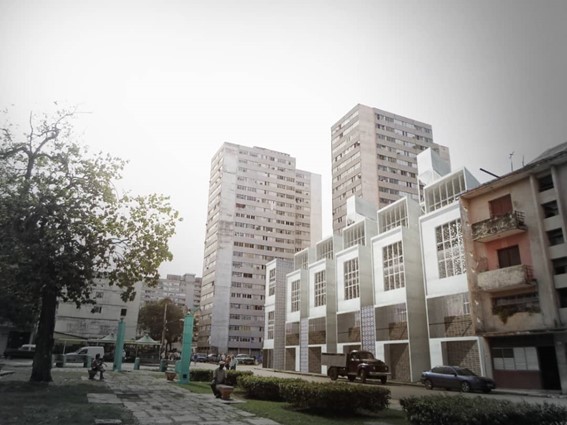
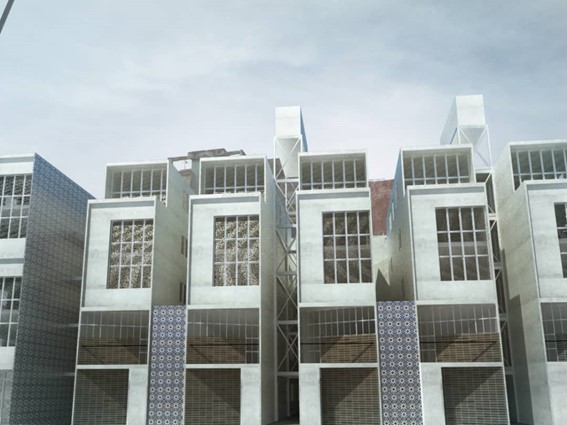
Created by Fernanda Martirena, Anadis Gonzalez and David Medina in 2016, with its own discourse and identity, Infraestudio de Arquitectura has executed projects linked to literature, the visual arts and culture in general, and they transcend just the aesthetic.
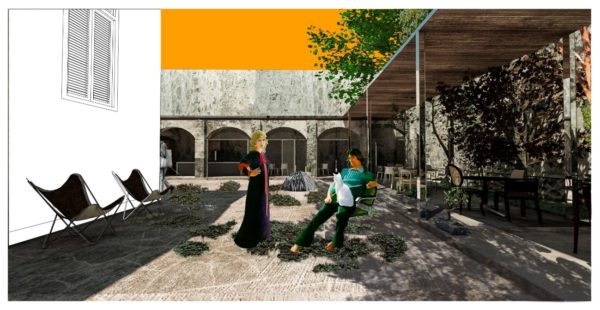
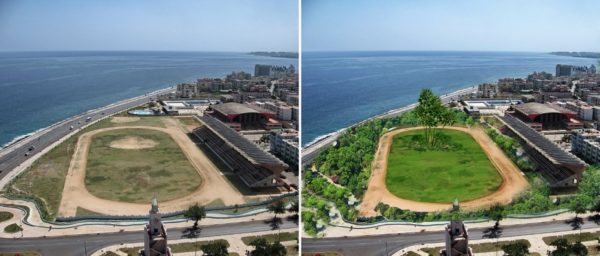
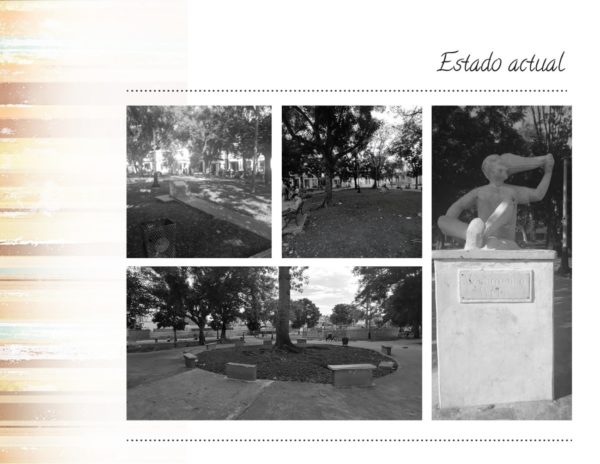
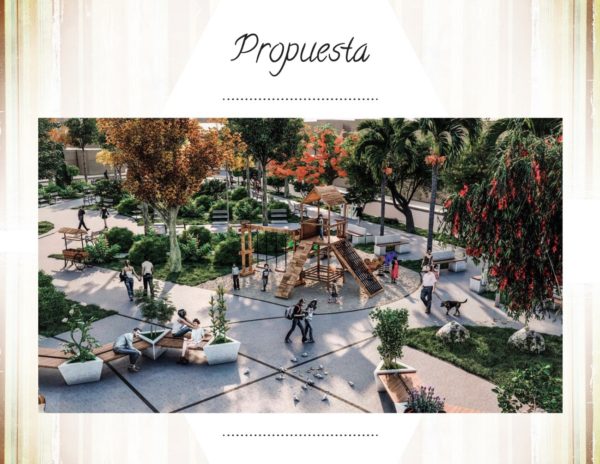
Other studios such as Nivel 4, Pino Estudio, Albor Arquitectos, OPV Arquitectura, PRIMARIO Arquitectura y Diseño have also made a name for themselves in the private sector.
Fernando Martinera, who is also a coordinator at GECA, believes that Cuban architecture should be a collective and inclusive act. “Cuban architecture in the ‘60s was an intelligent reflection of the social discourse at the time. Buildings such as the Art Schools, CUJAE, Giron Building or the Cuba Pavilion are symbols of an era and an idea of the country, which are admired both in and outside Cuba today. I am concerned about what idea we are projecting about today’s society for the country’s future with the architecture we have built in recent decades, even more so if all projects now depend only on state investments.”
In the article De qué hablamos cuando hablamos de arquitectura cubana contemporánea, this young man explains that “from 1971 until 2011, there was a kind of gap in our architectural history, that was reflected in the architect’s role in society. They weren’t exactly needed back then, creative architecture was considered a trace of the bourgeoisie in bad taste.” A vision that we still don’t seem to have shaken.
In a country with housing that require historic interventions, with cities with old and insufficient residential housing, this is no small matter. According to the general housing policy, there were a total of 3,824,861 houses in the country up until June 2017, 39% of which were in a regular and poor technical state and 849,753 people were living in precarious conditions. The housing deficit rose to 929,695 houses and 209,861 needed to be renovated or built because of climate-related damages. The Government is planning to resolve this by building 68,590 new buildings by 2029. Plus, collapses are an everyday reality and, in Havana alone, there are 104 “temporary” shelters where people wait for a home.
There are also public projects and urban development projects in cities, so skilled personnel are needed. Recent decades saw the construction of housing projects with a homogenous architectural design and scarce urban development. Without creative architecture, the buildings have very little value, with aesthetic and functional shortcomings for cities.
Gabriela Garcia says that “authorizing architects and engineers to work independently would not only reduce the informal growth that exists within the private sector today, but alliances could also be created with local governments and companies where there is feedback to enrich development plans. Similarly, public projects should be submitted to bids, which both public and private architects can participate in. This would improve the quality of Cuban contemporary architectural design quite significantly.”
Nguyen Rodriguez summarizes the positive change that rescinding this regulation would imply.
“Allowing architects to work in the private sector, would increase prospects for development and growth in Cuban cities. Professionals, who have been trained in the national education system, have vast experience in the state-led, institutional and private sectors. They could take part in developing different building and urban processes undertaken in cities today.
“They would work on a wider range projects, while collaborating with state companies in issues such as housing, self-construction, urban development, the public space, services, etc. It would contribute to training the workforce, which does not always have the best technical knowledge. Thus, ensuring that urban regulations of the Institute of Physical Planning and city Historian’s offices, are met. Likewise, the application of a new urban agenda and the UN’s development goals. It would boost work opportunities for architects and engineers and would open the doors to stronger alliances between different productive sectors and academia. Furthermore, it would help to stop the country’s brain drain.”
There are many ways for architects and urban planners to accompany growth and consolidation in the city. Rejecting this contribution is the easiest thing to do, but it’s also the most dangerous and destructive for our surroundings, Orlando Inclan concludes.
https://havanatimes.org/features/cuban-architects-defend-their-profession/
No comments:
Post a Comment